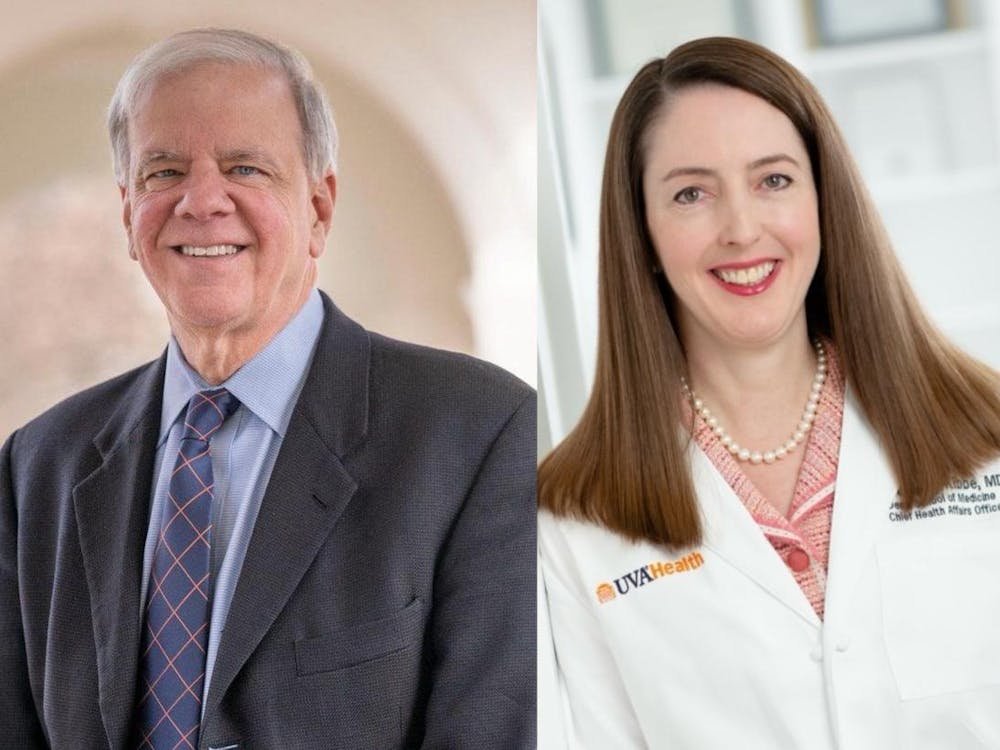U.Va. Health has been utilizing telemedicine since 1996 and has recently expanded in conjunction with community health organizations in rural Virginia. U.Va Health is working to make its services more accessible to the underserved rural communities via increased telehealth services and partnering with local community health organizations to provide education and resources to facilitate at-home care services.
Healthcare is a timely endeavor, particularly in rural areas where doctors are fewer and further in between. Often, patients in rural areas have to take a full day off of work in order to travel to their doctor, get care and pick up needed medications. The time commitment and costs associated with both travel and time off work are major barriers to rural patients receiving adequate healthcare.
The advancement of telehealth services, remote healthcare using telecommunication technologies, since COVID-19 have helped patients minimize barriers to getting the care they need. Now, patients can utilize telehealth for follow-up visits, primary care and for many other medical needs they may have without the travel, time off and cost associated.
Interactive home monitoring is a form of virtual patient home care that U.Va. Health has been utilizing for about five years. This form of monitoring focuses on vitals, provides pharmaceutical support and helps bridge primary care among other benefits.
Six local community health organizations are currently involved or are planning to be involved in the expansion of the home monitoring program, including the upcoming inclusion of the Monacan Indian Nation. The five current CHOs are Bath Community Hospital, Bland County Medical Clinic, Southwest Virginia Community Health Systems, Tri-Area Community Health and Central Virginia Health Services.
Novella Thompson, hospital administrator for population health, works to bridge healthcare gaps in rural Virginia and manages the interactive home monitoring program.
“These six entities are learning to do what we do,” Thompson said. “The end goal is to teach them how to do this so that they can do this and expand on their own.”
The interactive home monitoring program recently received the Federal Communications Commission COVID-19 Telehealth Grant and the U.S. Department of Agriculture Distance Learning and Telemedicine Grant. The grants supported the purchase of 40 iPads and 40 Bluetooth patient kits, along with other medical equipment such as scales and blood pressure cuffs. The iPads and medical equipment will be distributed to patients so they can monitor their vitals and keep their doctors updated without having to make trips to the doctor.
The iPads, Bluetooth kits and other resources are being distributed to the CHOs along with software and education about U.Va. Health’s home monitoring program. Five out of the six CHOs are targeting patients with Chronic Heart Failure and one is targeting high-risk OBGYN patients.
This is the first time U.Va. Health has had grants associated with its work, which help both patients and CHOs have the tools they need to monitor their health with little cost and less travel involved.
Jim Werth, CEO of Tri-Area Community Health, said patients will be selected based on medical conditions, treatment and need for additional services and care.
U.Va. provides technology, staff and training to designated individuals at each community health organization, like Werth, to assist in coordinating care.
Karen Rheuban, director of the U.Va. Center for Telehealth and principal investigator for the expansion of the interactive at-home monitoring program, explained that this model lends itself to more efficient management of the program’s operations.
“This funding enables us to improve access to U.Va. specialists across a broad range of disciplines, reduces the need for unnecessary travel, ensures better follow-up and mitigates health equity challenges imparted by distance and workforce challenges,” Rheuban said.
Rural patients have a higher burden of mortality and decreased access to healthcare compared to urban patients, and died of COVID-19 at higher rates despite having lower cumulative cases than in urban areas. Healthcare institutes such as hospitals, community health organizations and federal institutions can be successful in minimizing the burden of mortality by providing resources to rural patients such as in-home monitoring and medical devices.





